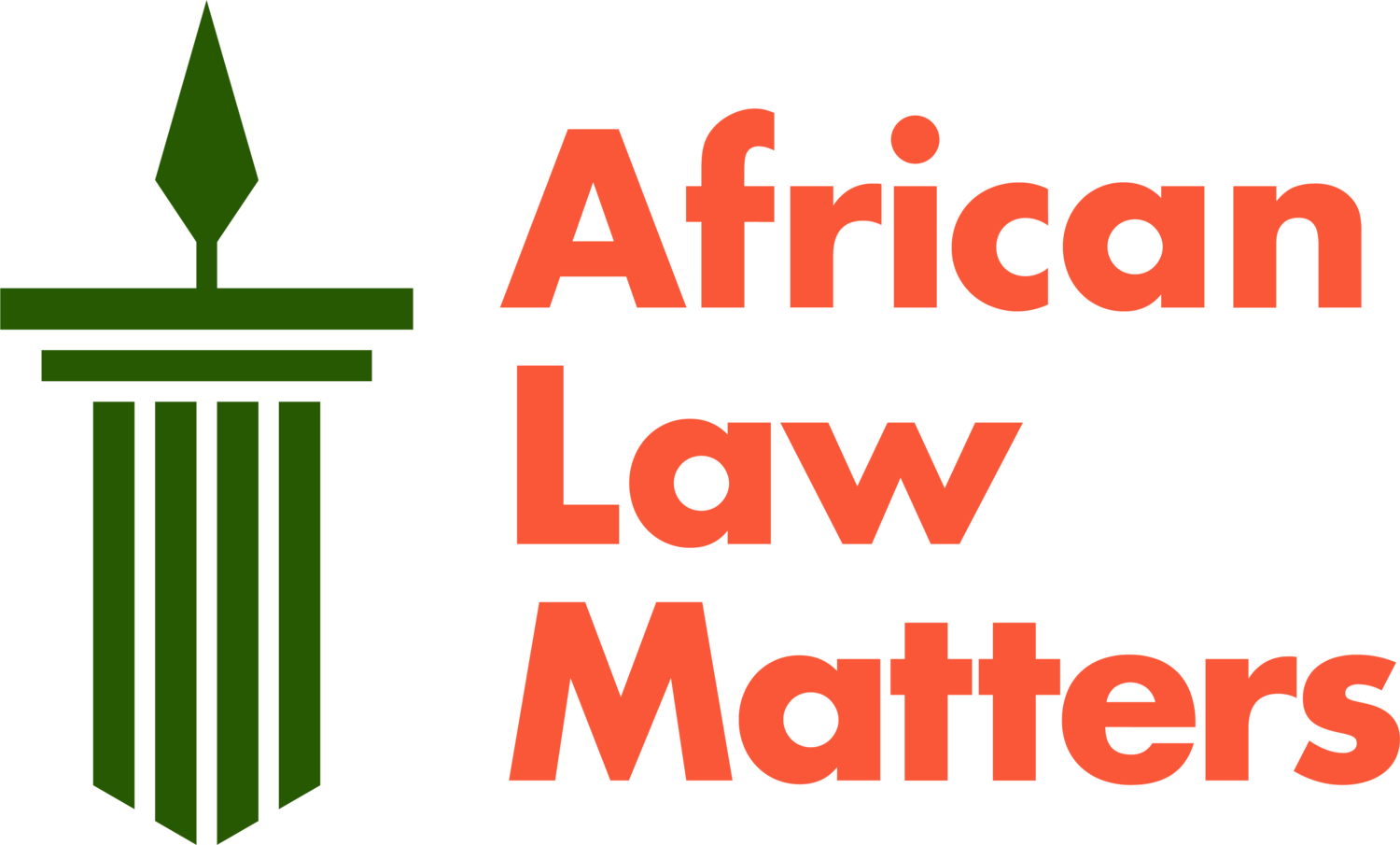Children’s Disability Rights: Access to Education for Children with Disabilities in Kenya
© Wavebreak Media Ltd – 123RF.com
Disability rights issues pose a significant challenge in Kenya, particularly for disabled children. Discrimination, stigma, and a lack of access to services and facilities are just a few of the major issues they confront.
In Kenya, children with disabilities often miss out on the opportunities that education can offer due to the inability of schools to meet their special needs. Schools claim that they are not sufficiently equipped with the resources and speciality to cater to the needs of children with disabilities. This forces children to miss out on school or to drop out early. In this article, I will focus on the existing legal framework in Kenya designed to aid the state in its goal of achieving equal access to quality education for children with disabilities. In addition, I will identify the shortcomings within the legislative framework and make recommendations.
A child's fastest growth in mental, physical, and socio-emotional traits takes place during the ages of 0-5. This stage is when the child is most vulnerable to influences that form the foundation of their intellectual and social development. For children with disabilities, their childhood plays an increasingly important role in their development and their futures. However, for many children with disabilities, especially children with disabilities living in Global South countries (Kenya included), there are more than several impediments that hinder their development at this stage, with lack of access to education being a major one. These impediments include but are not limited to poverty, gender inequality, attitudes and beliefs, and lack of infrastructure.
Understanding the interrelationship between poverty and disability is essential. The ability of a child to enrol in and attend school is determined by the cost of education, which for disabled children may be significantly higher. Economically disadvantaged families struggle to send their children to technical and vocational or special education schools. This in turn creates an avenue for double exclusion for disabled persons who are living in poverty as this exclusion creates a vicious circle.
“It is critical for disabled children to be in an inclusive environment”.
Apart from the high costs of education, other factors work against disabled children’s ability to receive quality education. These include the long distance to school, lack of transportation, specialised equipment, or proper training for teachers to cater to the needs of disabled people. The issue of distance is particularly evident in rural areas where schools may be physically inaccessible and unequipped for people with disabilities. Furthermore, most of the educational facilities require government funding, which affects the ability of a child with disabilities to attend and continue to participate in education effectively.
A Joint Effort Towards Best Results
For the successful implementation and realisation of the right to education, not only must the government be involved but also the families of children with disabilities. The prevailing perception surrounding the inadequate access to education for children with disabilities often implicates the government or state leadership. While the government plays a major role in enhancing educational opportunities for these children, it is essential to acknowledge that family-related factors can sometimes hinder the successful execution of government initiatives.
Research has repeatedly shown that parental involvement in their children's education is critical to their academic performance and overall development. Children who have engaged parents and families, in general, perform better in school than those who do not receive such family reports.
Kenyan Efforts
As a period of remarkable cognitive and physical development, early childhood development and education are referred to as the foundation for subsequent learning. It is critical for disabled children to be in an inclusive environment. Stimulating early childhood education also enhances placement, retention, and academic performance for children with disabilities. However, due to physical or mental disabilities, most children do not attend or participate fully in school. One of the factors that affect a child with mental or physical disabilities to fully participate in school is the lack of conducive education centres.
Most centres that provide primary or secondary education in rural areas or slums are geared towards satisfying the basic educational needs of children, not specifically children with disabilities. It is difficult under such learning conditions to detect children with special needs because most of the teachers in such institutions are not adequately trained or trained at all to identify and attend to the needs of children with special needs or disabilities.
In response, the Kenyan government enacted a few policies to aid this issue, including the Basic Education Act of 2013 (BEA) as a tool for safeguarding early childhood development and education for children with disabilities. The aim of this Act is to provide a framework for safeguarding and promoting early childhood development and education for children with disabilities (ECDE) in Kenya.
The right to education is recognised as a constitutional right in article 53 (1) (b) of the Constitution of Kenya which entitles every child to free and compulsory basic education. The BEA was enacted to put these constitutional rights into action, and it explicitly mentions the rights of children with disabilities. However, to what extent has this act aided in the increased access to education for children with disabilities? The Act has been critiqued for taking ‘one step forward and two steps back’.
Nevertheless, BEA has had a positive impact. It urges the state to fulfil its obligations on educational rights. Thus, the Act creates a mandatory responsibility for the Cabinet Secretary, in consultation with county governments, to establish pre-primary schools. This responsibility is broadly defined to include all resources required to ensure the efficient and effective operation of educational institutions. It also places an obligation on the state, specifically the Cabinet Secretary, to ensure the completion and retention of children in school. A partnership with parents, civil society, particularly representative organisations of people with disabilities, and oversight authorities such as human rights institutions is essential for ensuring accountability and compliance.
In addition, BEA makes it mandatory for parents to ensure their children's admission to schools and criminalises failure to do so. As mentioned earlier, parental or family participation is essential in the education of children with disabilities. BEA is a tool utilised to safeguard children with disabilities from any prejudices or stereotypes within their families or communities that may impede or deny their access to education or academic success.
Predating the promulgation of BEA, the Persons with Disabilities Act (PDA) safeguards the right to education and prohibits the denial of admission of a person with a disability to any course of study based on a disability (sections 18 and 19). The PDA framework has been critiqued for its vague and unclear stance on inclusivity in education, possibly promoting segregated education. Additionally, it directly contradicts the Constitution of Kenya which is used as a tool to promote inclusive education.
The Constitution is the supreme law of the land in Kenya. Thus, it overpowers any legislation that infringes on the values embedded within it, including inclusive education. The inadequacies that existed within PDA inhibited its goals from being successfully realised.
In this light, it can be gathered that the BEA as a legal pathway cannot perform on its own. In that regard, I commend it for the support of other policies or legal instruments put in place to advance the purpose of its measure. In Kenya, international treaties and conventions are important vices in the realisation of ECDE.
The Kenyan government became a signatory to various international instruments such as the United Nations Convention on the Rights of the Child (CRC) in the year 1990. The CRC serves as a valuable instrument for assessing the areas in which Kenya, as well as other nations, can enhance their approaches to ensuring equitable access to quality education for children with disabilities. This assessment is facilitated through the examination of reports submitted to state parties under the CRC.
Conclusion and Opinion
As discussed, the effective development and implementation of ECDE are not only dependent on the government or policymakers, ECDE will also require the active participation of social groups, organisations, and representatives of persons and children with disabilities. Education is especially important for a child living with a disability as it makes the difference between an intellectually, socially, and economically productive life and a future that lacks any of these characteristics. For children with a disability, their access to education during early childhood is crucial as this is when the child is most vulnerable to social influences that affect their development. Therefore, it is at this stage that the government must prioritise efforts to ensure that all children with disabilities have equal access to essentials such as quality education.


